Various Daylife: An Interview With Tomoya Asano and Masaaki Hayasaka
Exploring the design decisions behind Various Daylife
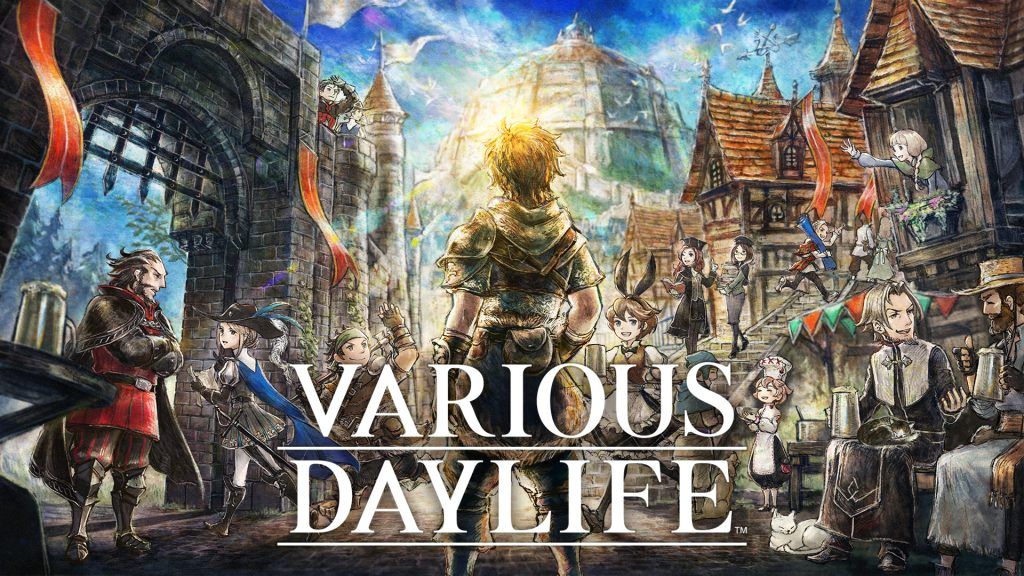
After almost a decade apart, Square Enix and Nintendo got back together in the Game Cube generation. Their relationship broadened further with the introduction of the Nintendo DS, thanks Tomoya Asano and his team (now known, fittingly, as “Team Asano”). This was the team responsible for the 3D remakes of Final Fantasy III and IV and for Final Fantasy: The 4 Heroes of the Light. These games opened the door for others to follow, such as the Bravely series and other games using the so-called "HD-2D" graphics technique. One of Asano's apprentices, Masaaki Hayasaka, has recently taken on the role of assistant producer in the team.
Various Daylife is the latest game from Team Asano (and partners DokiDoki Groove Works), having originally been released exclusively for mobile via the Apple Arcade service. Just this year, the game was removed from Apple Arcade and ported to PS4, PC, and Switch. Thanks to this re-release, I had the opportunity to interview the producers of the game, Tomoya Asano and Masaaki Hayasaka.
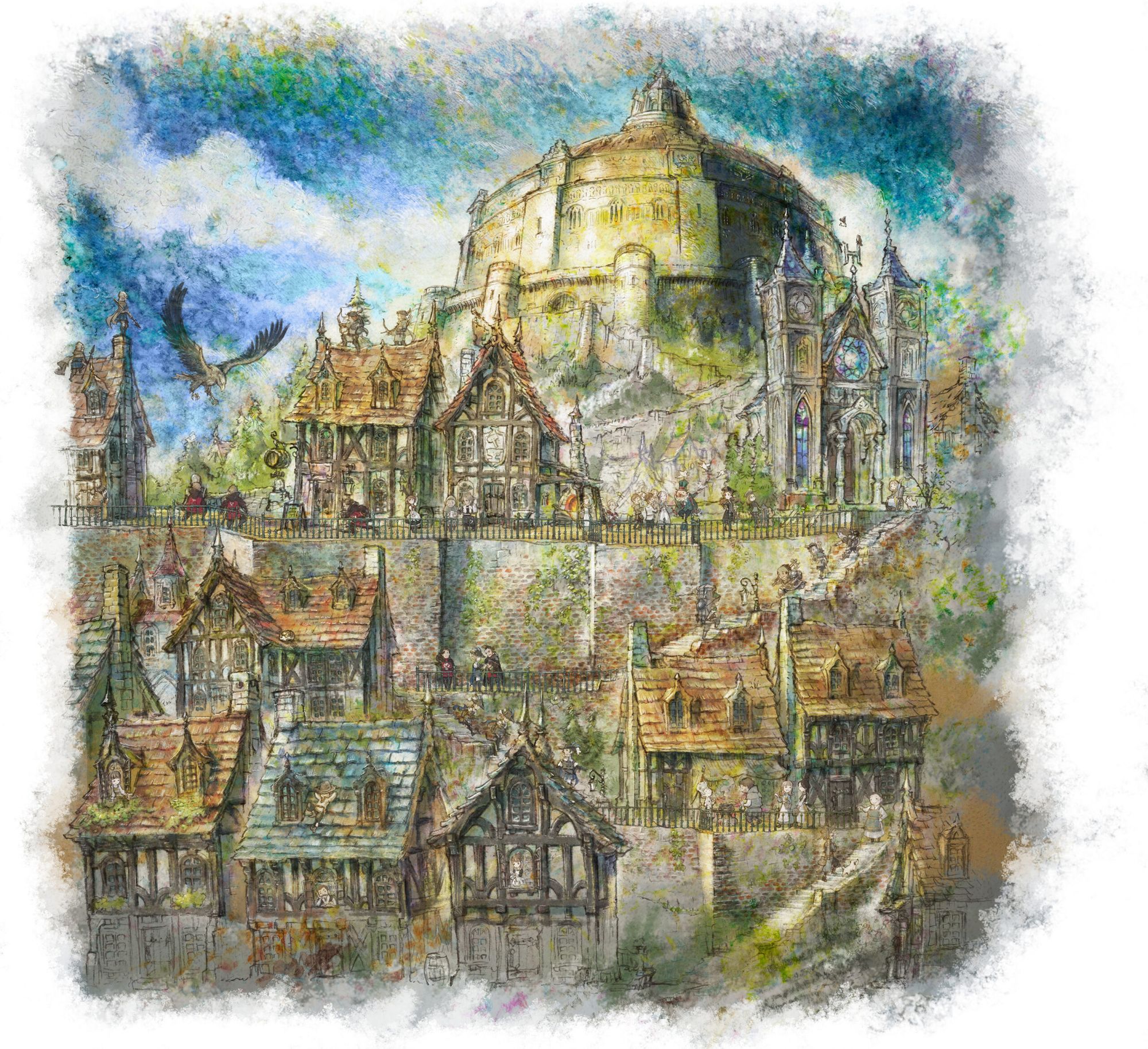
We discussed the classic influences that inspired the creative choices behind Various Daylife, the experience of developing for mobile and the Apple Arcade service, Team Asano's efforts around game preservation, and the relevance of social simulation elements in JRPGs (as well as future projects by Tomoya Asano and Masaaki Hayasaka). The interview was conducted remotely, in English, with the help of Square Enix for translation services. What I present here is the original interview text, which I subsequently translated into Portuguese.
Tomoya Asano is Director of CBU2 Division 6 at Square Enix, the mind behind and producer of HD-2D games such as Triangle Strategy (2022) and those in the Fullmetal Alchemist, Bravely, and Octopath Traveler series. His game concepts have been marked by the influence of classics from the 8-bit and 16-bit generations and are often aimed at a more adult audience (casual or otherwise). As a producer, he is known for partnering with Nintendo, developing based on feedback from demos, and crafting descriptive, minimal titles for his games.
SUPERJUMP: Asano-san, in the Bravely, Octopath Traveler, and Triangle Strategy series, I see influences of the Dragon Quest, Final Fantasy, SaGa, and Tactics Ogre series from the 16-bit era. Were you also inspired by classic JRPGs when it came to developing the battle system and the narrative design with simulation elements for Various Daylife?
Tomoya Asano: Various Daylife is relatively unique compared to our previous titles. We don’t have any direct inspirations, but I feel that the battle – or the perspective during combat – has some influence from classic Dragon Quest, and the slice-of-life job simulation was influenced by Tokimeki Memorial. The latter is a dating simulation, but the creators’ belief was expressed through the game system: if you want to be liked by girls, don’t just chase them around; you needed to work on yourself by being diligent in your studies and sports – which came as a massive shock to me in my adolescence.*
This game centres around working jobs and takes place in the daily life of adult society, but I also wanted to incorporate a message and storytelling that is unique to this title. I hope people enjoy this game…!
* In this answer, Asano-san is referring to Tokimeki Memorial (1994), one of the most important and influential games in the dating sim genre, which spawned a popular series in Japan with dozens of releases. The original title was published by Konami for the PC Engine and was later ported to multiple platforms (PS/Saturn/SFC/GBC/PSP/Mobile).

SUPERJUMP: During my experience with Various Daylife, I noticed that some design choices specifically fit mobile phones (for instance, the automatic movement of characters in missions). Compared to your previous experiences with the Bravely series and Octopath Traveler spin-offs, how did you handle the limitations of a mobile system and the game being part of the Apple Arcade service? Also, what game design choices might have been different for this game if it was originally created for a console?
Asano: Because this title was intended for playing on the smartphone, I wanted to make sure controls were simplified. There were no camera controls and no free movement (you can only move left or right), which come from the fundamental design philosophy of being able to play with just your thumb. Had this been originally created for a console, that aspect would’ve been very different.
Also, while this was for the smartphone, I think this title not being free-to-play was very important so that we could weave a robust story (i.e., we have an end against which we would design the game).
Since joining Square Enix, Masaaki Hayasaka has served as Assistant Producer on Team Asano releases such as Bravely Second: End Layer and Octopath Traveler. In that last title, and in Bravely Default II, he was also Sound Director. In Various Daylife, he worked as a producer alongside Tomoya Asano. Currently, Hayasaka is the producer of Dragon Quest III HD-2D Edition (which has no announced release date at the time of publishing).
SUPERJUMP: Hayasaka-san, when I heard that Various Daylife would be excluded from the Apple Arcade catalog, I was worried about it becoming unavailable in the future. Fortunately, the game was later announced for Nintendo Switch and other platforms, a choice that helps keep it alive and avoids the worst-case scenario of losing it forever after closing down the service. In this context, I would like to know what you think about the issue of video game preservation, which seems to be a particularly serious problem in the case of mobile service games. Does Square Enix have initiatives to preserve access to its games in the long term? What solution do you see for mobile titles and games as a service?
Masaaki Hayasaka: Determining whether or not a mobile or live service game gets to be ported or redone as an offline version isn’t based on a clear-cut, company-wide rule across Square Enix. The reason being the situation for each title varies greatly. Our title happened to be created with the concept of delivering a game that doesn’t pale in comparison to a console game, so it was relatively smooth to get it ported to console; but even then, the process required considerable cost and resources. Turning a free-to-play title into an offline version involves overhauling the fundamental system, so I would imagine it would require far more significant costs. So, if I were to think of some kind of solution for titles that people desire long-term preservation/ports would be for players to support the title while it’s still in service, or perhaps crowdfunding, in my personal opinion. If there was some way to make a financial pledge directly to titles we wish to have ported, then that might make it very easy to grasp just how passionate fans are towards the work.
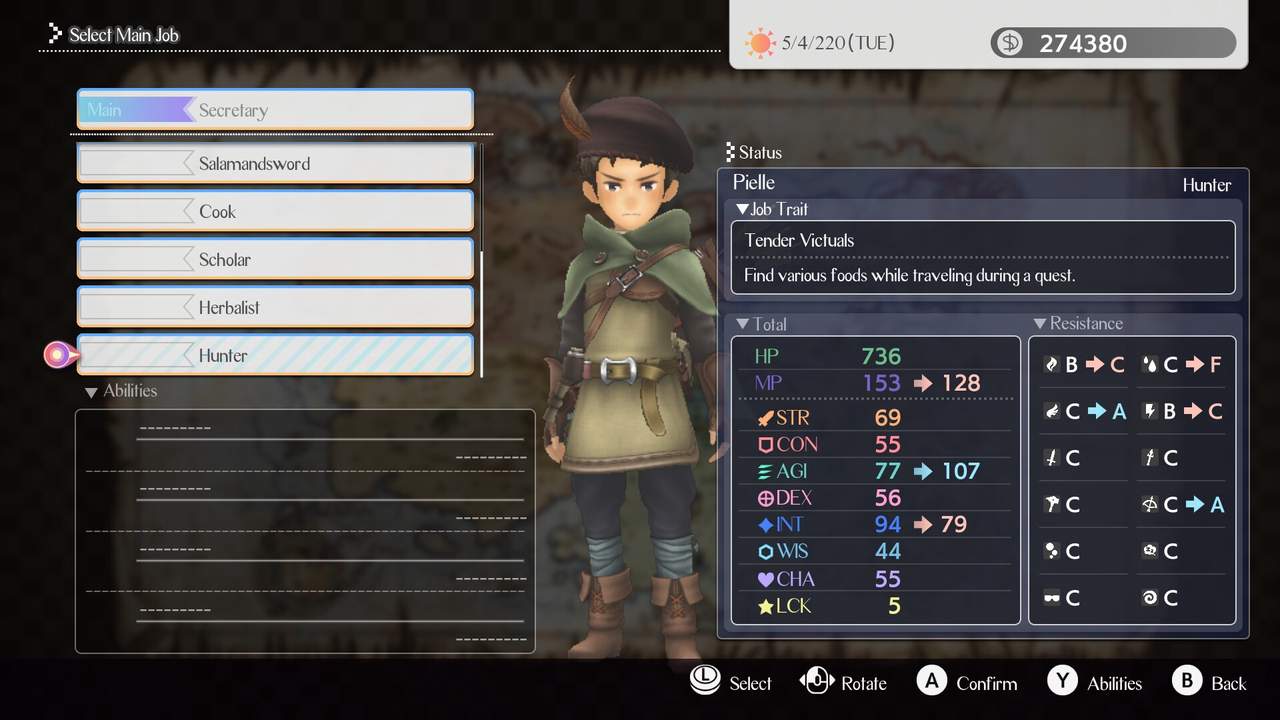
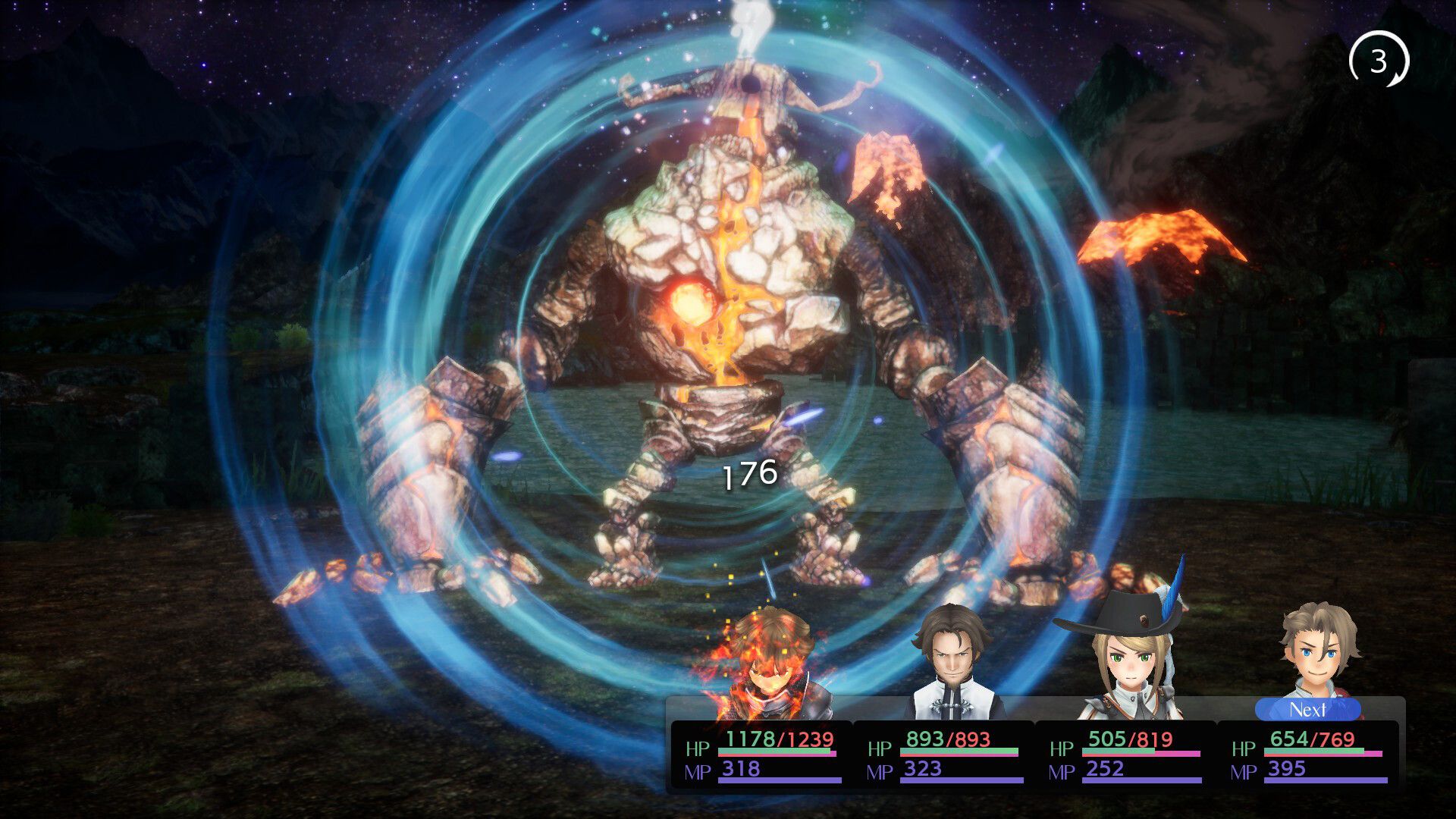
VARIOUS DAYLIFE. Sources: Square Enix; Steam.
SUPERJUMP: Since even before the old Square Enix Division 11 was integrated into Division 6, I have never seen a project from your team that had been translated into Portuguese. To my surprise, Various Daylife features Brazilian Portuguese. How does Square Enix see the importance of Portuguese and other languages in its releases? When it comes to your team, can we expect future releases to also include Portuguese? Maybe the next title in which you are serving as a producer, Dragon Quest III HD-2D Edition? If so, it would be the first time Dragon Quest is available in our language and I'm sure it would make the title a lot more accessible here in Brazil, just like Various Daylife.
Hayasaka: This is just my personal opinion, but nowadays you have to be mindful to sell a title globally, and so naturally, localization to other languages will be imperative. That said, it is not easy to add a supported language. Especially with games like ours, which places heavy emphasis on story, it would require a lot of cost and resources just to add one more language. With this title, we aimed to take on challenges we’ve never tried before, so we supported more than twice the languages we normally would. That said, I’m afraid I’m unable to say with certainty that we can do the same moving forward, to be honest. Then, how does Team Asano choose which languages a game is localized? The answer is simple: “whether or not there is a large population of gamers in the territory that speaks the language.” I think a clear example would be English and Chinese languages always being supported in many [Japanese] games. So, if, for example, Various Daylife made record sales in regions that speak Brazilian Portuguese, then that would definitely make a large impact on what languages we, Team Asano, plan to have localized. As such we would be grateful if you and other members of the media could help us spread the word about Various Daylife to as many people as you can!
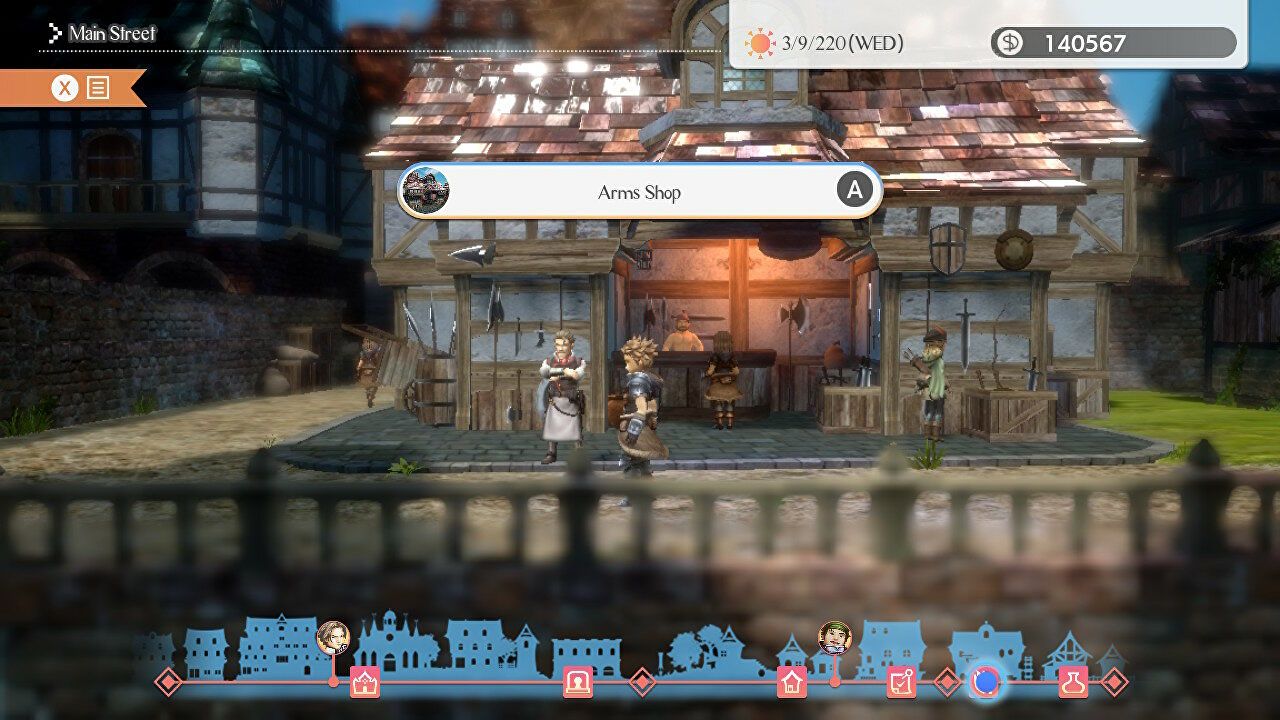
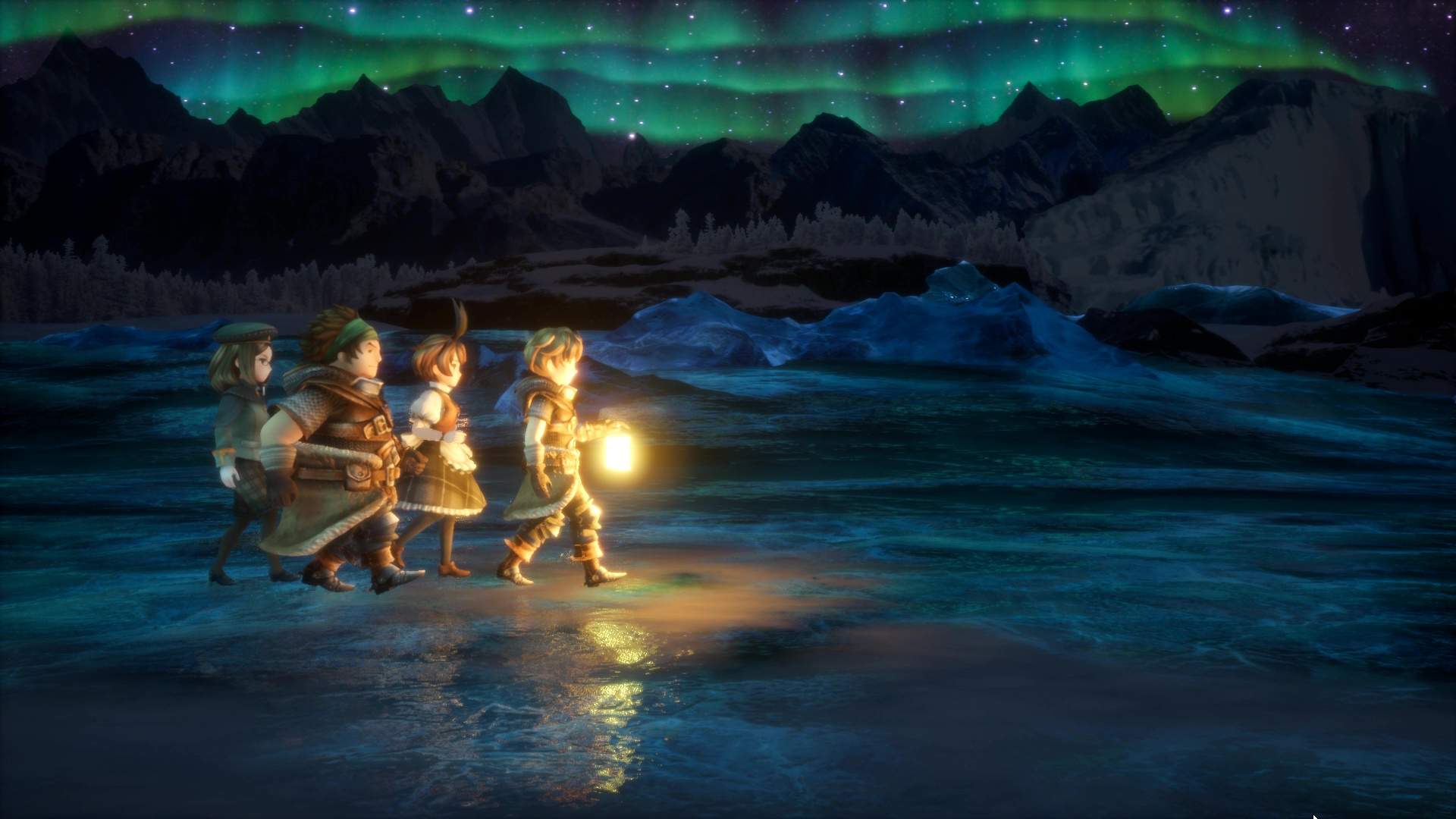
VARIOUS DAYLIFE. Sources: Eurogamer; Square Enix.
SUPERJUMP: Asano-san and Hayasaka-san, one of the trends in JRPGs in the last decade has been the addition of simulation elements. The most common ones revolve around love and/or friendship between characters and also minigames, such as fishing and other activities, etc... Social simulation is a key part of Various Daylife's game design. Can we expect social simulation elements to be more common in your games from now on? Would you say that this title had any influence on your aspirations for future projects?
Hayasaka: I think there are two general ways of thinking here. The first is having a theme of sorts that you want to convey and incorporating that into the game. The other is to continuously build upon various ideas, and naturally reaching the end product. So, for the first way of thinking, an example would be something along the lines of: “relationships have become so few and far between in modern society, so I want to make a game that emphasizes the importance of social connections!” On the flip side, Various Daylife was more the latter way of thinking: “we want to make a mobile title 🡪 everyone constantly has their smartphones 🡪 it should be a game that can be played in short intervals during our spare time.” From there, the core gameplay became having the player take care of various tasks to grow their character.
This way of thinking really differs from person to person, plus the times may change people’s way of thinking as well. So, if asked if I “expect social simulation elements to be more common,” I would have to say it just so happens that right now, we see many games with a similar element. In terms of aspirations for future projects – unlike a more typical RPG, the player will not gain experience points through battle in this game. Having the experience of creating a unique RPG that puts a twist on traditions will likely be advantageous in future titles that I work on.
Asano: Hmm, I wonder? This is just my opinion, but I feel entertainment content will become even more diversified and segmented, so console games will be expected to have an appropriate amount of replayability. Part of that replayability would probably involve the elements you mentioned, like romantic and platonic relationships between characters, and minigames, such as fishing. As for future aspirations, Various Daylife allowed me to experience challenges and enjoyment in creating a more casual (and unique) (but in no way made for a younger audience) game and its world settings compared to Octopath Traveler or Triangle Strategy. I would love to take on a challenge like this again if I ever get another opportunity to do so.

What did you think of the chat? This would be a good time to remind you that I also recently interviewed the main names behind NieR:Automata, so you might want to check that out too. For me again this interview was a huge honor, especially as a huge fan of Tomoya Asano's work. Thanks to Square Enix Latam for the opportunity.
Have you heard about the Tokimeki Memorial series? It is relatively unknown in the West, but it's interesting how influential it is to the point of having an impact outside its genre on a game like Various Daylife. Did you ever play that Asano game? I think it is a very interesting title, although functionally more suited to mobile phones, as Asano pointed out and also as I noticed in my review (Portuguese). And what do you think about game preservation and increasing social simulation elements in JRPGs? Leave your views in the comments below.
